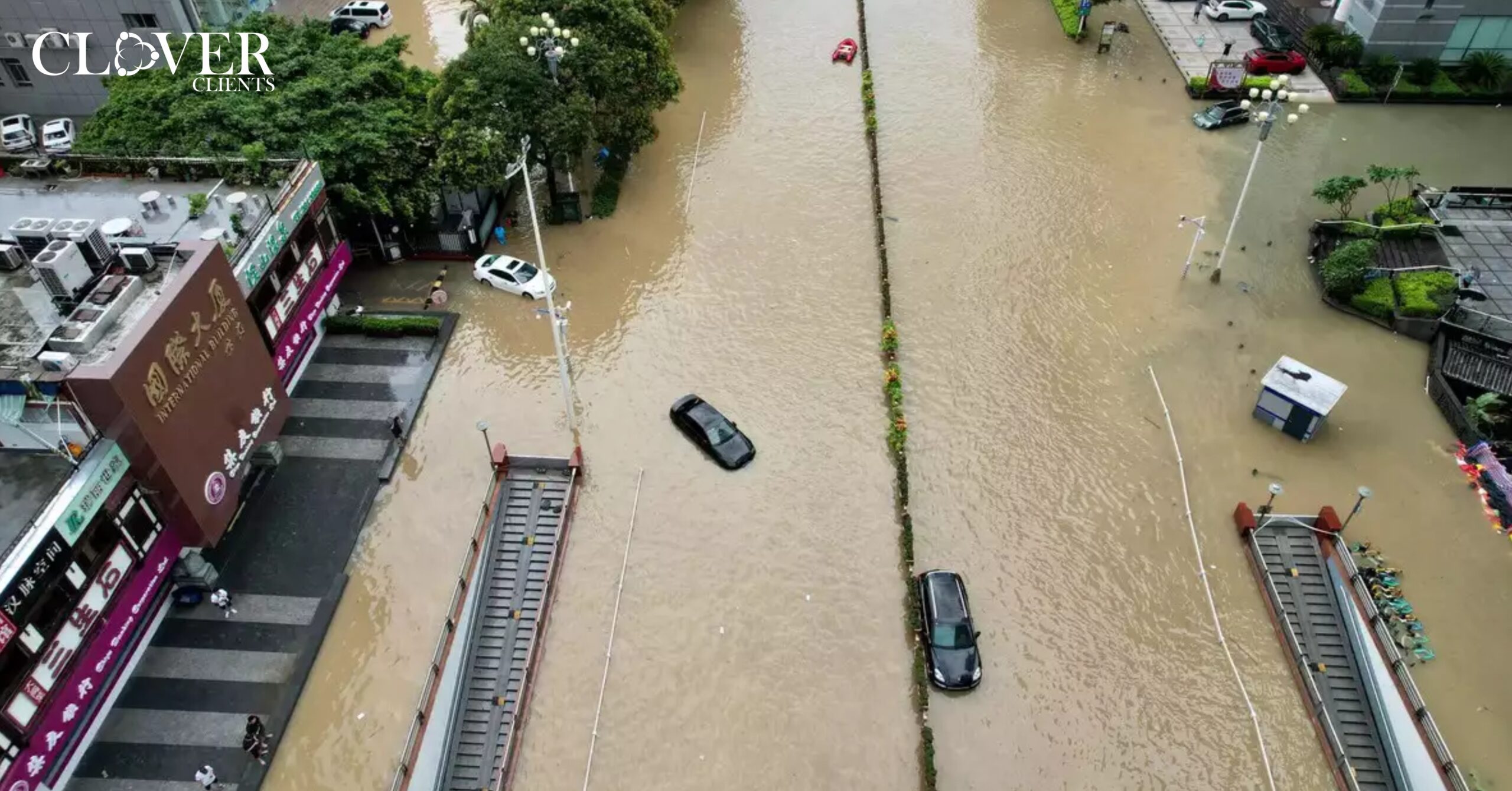Virudhunagar district administration launched a novel water conservation project named ‘String of Wells,’ aimed to rejuvenate 163 abandoned wells. This initiative also gave these wells a beautiful makeover.
Traditionally, open wells in Virudhunagar served drinking and irrigation needs. Over time, these wells were abandoned due to water scarcity. The project identified 163 such defunct wells across the district.
Collaborative Effort for Sustainable Change
The District Rural Development Agency (DRDA) spearheaded the project. The works began in August and concluded in November 2022. Funding came from the MGNREGA scheme and other local resources. Then Virudhunagar district collector J Meghanath Reddy initiated the project.
This project involved specific excavation techniques. Earth around the wells was excavated to a width of 1.20 to 1.50 meters and a depth of 0.75 meters. Perforated horizontal and vertical pipes were installed around the wells. These pipes collected surface water, which recharged the wells. End caps and wire mesh covered the pipes to prevent dirt entry.
Aesthetic Makeover to Raise Awareness
Beautifying the wells was a key part of the project. The wells were redesigned in various shapes like train compartments, cups, and saucers. This redesign aimed to attract public attention and raise awareness about water conservation.
G Prakash Kumar, an assistant engineer with DRDA, highlighted the project’s goals. “The main objective is to recharge and rejuvenate the abandoned wells,” he said. Abandoned wells, once used for dumping garbage, now function as recharge structures. Steel railings cover the wells’ tops to prevent mishaps. Maintenance plans ensure the wells’ longevity.
Strategic Selection of Wells
Wells were strategically chosen based on their locations. Those near overhead water tanks and low-lying areas were prioritized. Overflowing tank water and rainwater naturally drain into these wells.
The project’s significant aspect was the wells’ beautification. Designs included shapes like train compartments and baskets. These designs helped raise public awareness about conserving open wells.
S Boominathan, president of Muthuramalingapuram village panchayat, praised the project. “A well in our village, abandoned for over 25 years, is now a recharge structure,” he said. Pipelines direct overflow water from a nearby tank into the well. “During rains, water drains into the well, preventing stagnation,” he added.
Aesthetic Appeal Enhances Community Engagement
The well in Boominathan’s village was redesigned as a basket, painted in vibrant colors. It has become a local attraction. “People are surprised and delighted by the well’s new appearance,” Boominathan noted. Children now play around the well, which is safely covered.
G Manoharan, president of Pannaimoondradaippu village panchayat, shared his experience. “Our village wells which were dry for 30 years, now show water percolation,” he said. The well is only 30 feet deep and was previously defunct. After rejuvenation, the village received good monsoon rains. Arrangements ensured rainwater drained into the well.
Moreover, Manoharan’s village was well redesigned as a train compartment. “This well has become our village’s identity,” he said. The well’s new look delighted the community, especially children. “People jokingly ask me where the train is going,” Manoharan added.
Project’s Impact on Groundwater Recharge
The ‘String of Wells’ project has positively impacted groundwater recharge. By rejuvenating abandoned wells, it helps mitigate water scarcity. The project also fosters community engagement and environmental awareness.
This project demonstrates how innovative solutions can address environmental challenges. By combining practical techniques with aesthetic enhancements, it ensures sustainable water management.
The project highlights the importance of community involvement. Engaging locals in conservation efforts fosters a sense of ownership. Future plans include periodic maintenance to ensure the wells’ continued effectiveness.
Virudhunagar’s ‘String of Wells’ project serves as a model for other regions. It showcases how traditional water sources can be revitalized through modern techniques. This approach can be replicated in other semi-arid areas facing similar challenges.
The ‘String of Wells’ project marks a significant step towards sustainable water management. It not only revives defunct wells but also promotes water conservation. By creatively engaging the community, it ensures long-term environmental benefits. Virudhunagar’s initiative offers valuable lessons in combining tradition with innovation for a sustainable future.













